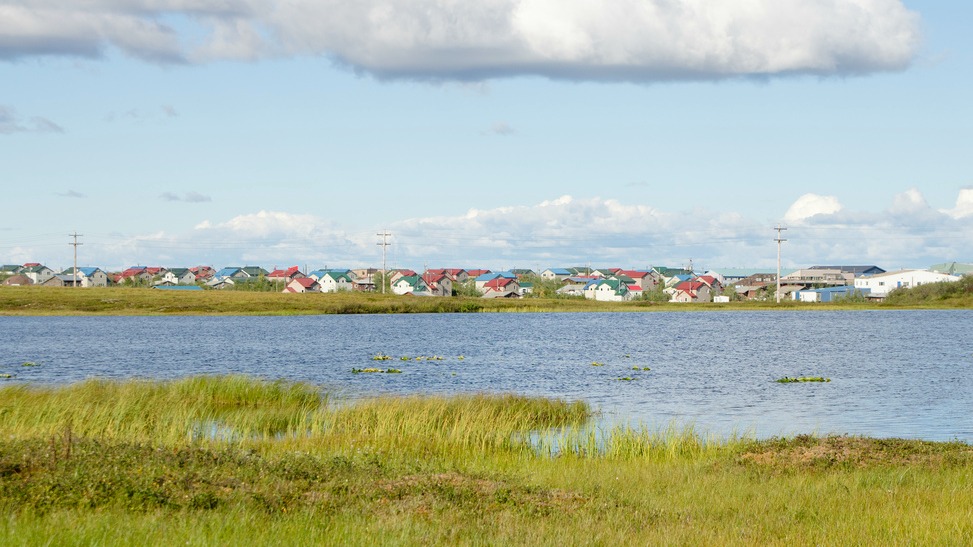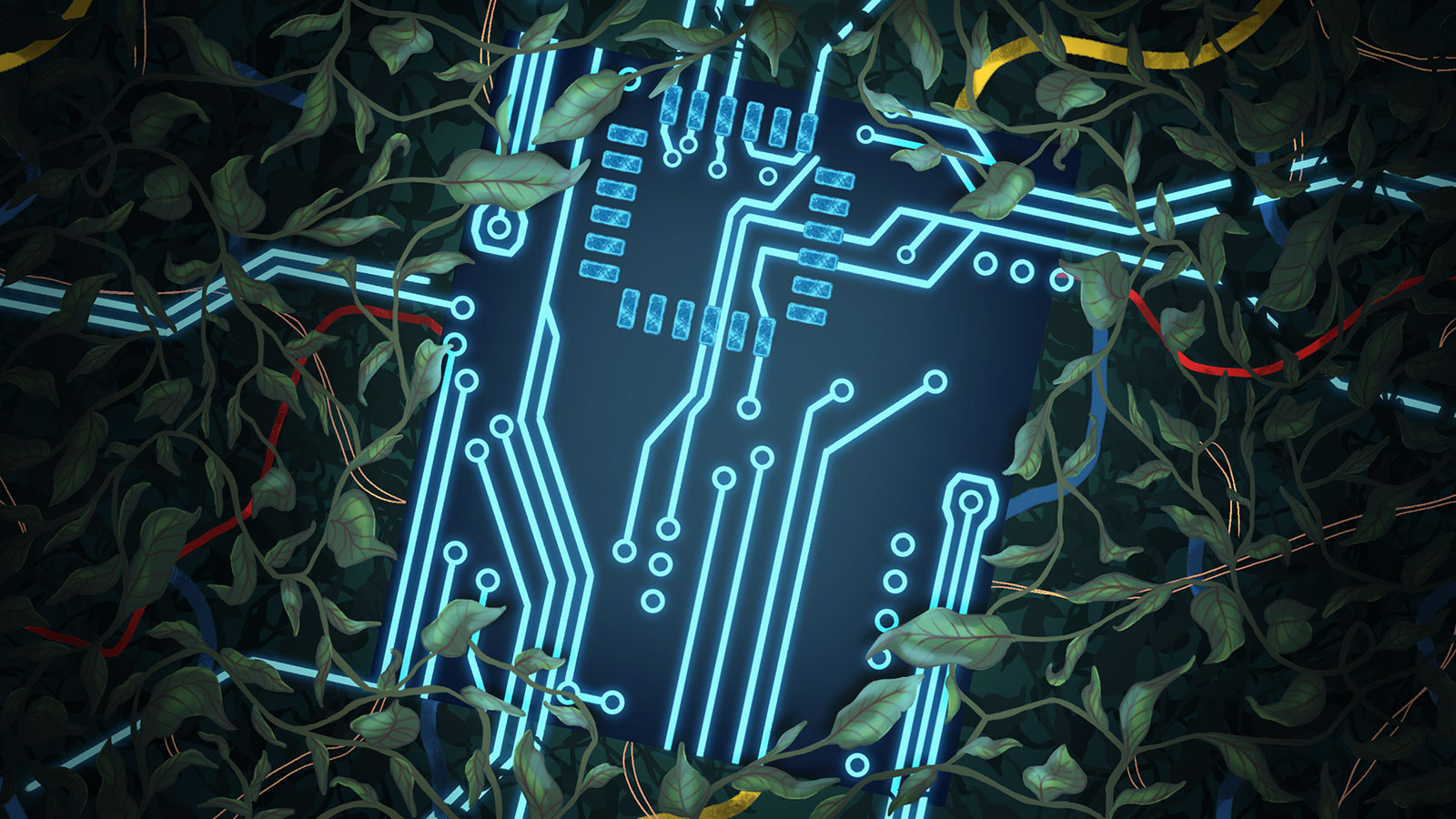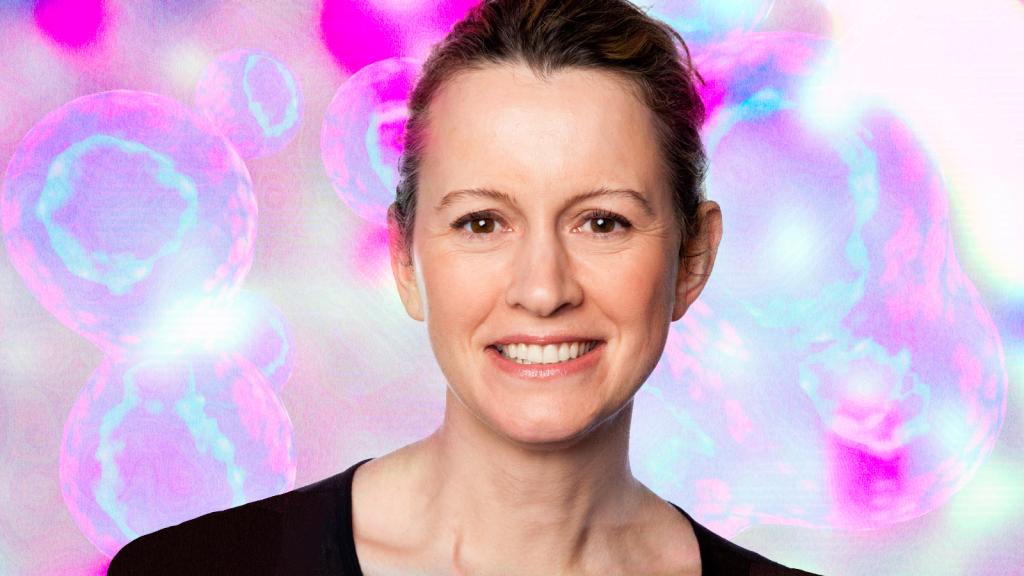The 21st century will challenge everything we think we know about nature and technology. Thanks to new tools and swift advances in our ability to read, write, and edit DNA, we’re gaining a much deeper understanding of — and control over — how life works. Scientists are cataloguing the trillions of microbes living in and around us that we depend on, while so-called synthetic biologists are engineering new ones to do and make things for us. (One day in the not-too-distant future, we may master more complex organisms, too.) The more we learn, the more we’ll be able to use biology as a tool to, say, treat diseases, improve agricultural yields, even develop new kinds of cosmetics.
At the same time, our machines are becoming more biological. They can think and communicate with one another. They can sense and react to the world around them. And thanks to the ubiquity of wireless networks, our gadgets can now connect into new kinds of ecosystems that turn our cities and homes into smart, responsive environments.
In short: The line between biology and technology is beginning to blur, and it could mean the beginning of a new industrial revolution.
The first industrial revolution was either a huge success or a massive failure, depending on who you ask. On the one hand, it led us to a world full of skyscrapers, airplanes, cheap food, and factory-made everything, where those of us in developed countries get to live long and comfortable lives. On the other hand, it wrecked the environment and left us dependent on resources and systems that are inherently unsustainable.
But we’ve learned a lot in the past century — not just about how to build things, but also about how those things affect us and the rest of the planet. Decades of rampant development have shown us that just because we can do something, doesn’t mean that we should — and that the industrial revolution, while awesome, was not something that we can get away with again.
This time could be different. With the proper guidance, the technological developments happening now could lead to a world where we replace chemical factories with microbial communities, use the Internet of Things to merge our technological ecosystems with natural ones, embrace nature-inspired design as a genuinely smart engineering principle, rather than a niche concept, and generally start progressing in a way that isn’t so dismissive of the natural world.
The big question is: Will we actually do it?
There’s always been some friction between tech-heads and hardcore environmentalists. In part, that’s because technology has had a hand in our environmental woes through time immemorial … and, conversely, environmentalism has been the source of endless guilt trips for an industry that has thus far thrived on rampant and reckless progress. Innovation always comes with a measure of uncertainty and risk. That has manifested in some pretty disastrous ways (see: Ozone hole, lead poisoning) but it has also led to some incredible technologies (see: polio vaccine, cellphones) that a leery public can sometimes take for granted.
But technology is too pervasive for even the most radical environmentalist to deny, and climate change is too important for technologists to ignore. Fortunately, a reconciliation may be on the horizon. Earlier this year, a group of scholars released the “Ecomodernist Manifesto,” a declaration saying that we humans can and should embrace technological development without sacrificing the natural world: “A good Anthropocene demands that humans use their growing social, economic, and technological powers to make life better for people, stabilize the climate, and protect the natural world.”
Just last month, scientists and historians gathered in Berlin to discuss the so-called “technosphere” and how it interacts with the natural world, or biosphere. One of the presenters at the conference was Peter Haff, a geologist and physicist at Duke University, who pointed out in an interview that “Basically every square meter of the Earth’s surface — it’s probably safe to say — has some signature of human activity somewhere on it, even if it’s just little particles.”
The technosphere is now as much a part of Earth as the biosphere, Haff says. It’s part of “big ‘N’ nature,” he said, meaning everything in the universe, including humans and our machines.
“The Earth has always from time to time begun interesting and strange things,” says Haff. “One day there was no biology, and the next day, there were these things growing up on the land or in the ocean or crawling around on the surface that hadn’t been there before.”
The technosphere is no different, he says. It’s just that now, instead of forming streams and mountains and forests, the Earth is forming highways and airplanes and cities.
That’s not to say that the technosphere is sustainable — we’re producing too much waste too quickly for the Earth to handle. But at the same time, Haff and others believe that society as we know it can’t go on without the technosphere.
So, whether or not we’re heading into the next industrial revolution, what we really need is an industrial evolution — a new and better way to develop emerging technologies so that we’re better adapted for life on this planet. And we need a new breed of conscientious technologists to lead the way.
In this series, we speak with some of these new technologists. They’re scientists, artists, and thinkers, and they embrace new technologies but not at the expense of the natural world. From synthetic biology to nanotechnology to the Internet of Things, this series takes a broad look at what the 21st century has to offer and asks: Could all this hype form the foundation of a sustainable world?



